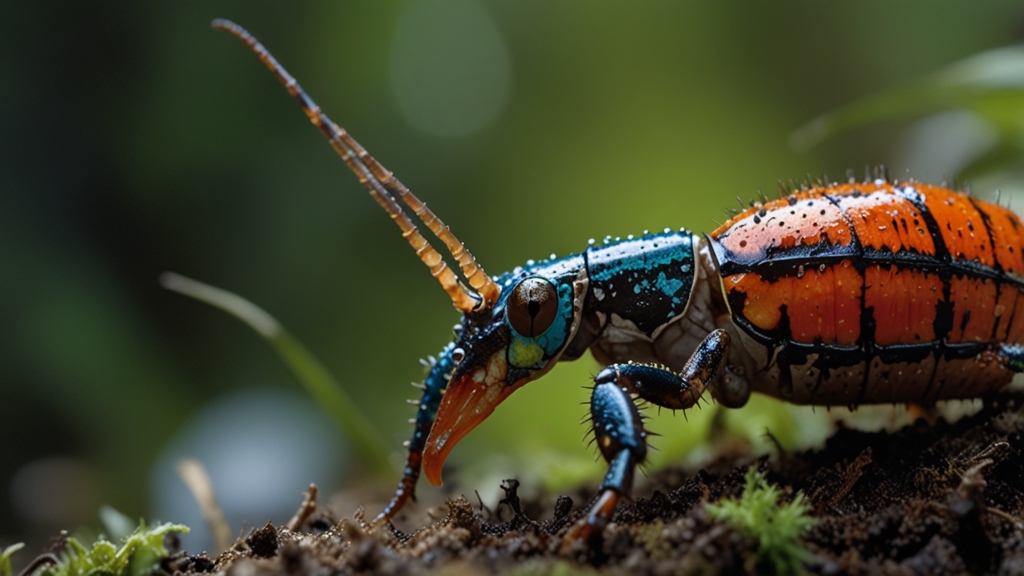Incredible Migrations: Why Animals Travel Thousands of Miles
Every year, countless animals around the globe embark on extraordinary journeys, traversing thousands of miles in search of food, breeding grounds, or more favorable climates. The lengths and challenges of these migrations are astonishing, highlighting the resilience and instinctual drive of the animal kingdom.
The Instinct to Survive and Thrive
Migration is a fundamental behavior for many species, driven primarily by the need to survive and reproduce. For instance, the Arctic Tern undertakes an average round-trip migration of about 44,000 miles between its breeding grounds in the Arctic and its wintering grounds in Antarctica. This remarkable journey is driven by the quest for abundant food supplies and optimal breeding conditions.
“The longest migration of any animal is performed by the Arctic Tern, which migrates from the Arctic to the Antarctic, covering a distance of around 44,000 miles annually.”
Searching for Food and Resources
One of the most common reasons animals migrate is to find food. Seasons and environmental conditions can dramatically affect the availability of resources, prompting species like the Wildebeest to migrate en masse across the Serengeti. These animals follow the rains, moving to areas lush with grass and water, critical for their survival and well-being.
Similarly, marine animals such as the Humpback Whale travel thousands of miles from their feeding grounds in polar waters to tropical breeding grounds. These migrations ensure that they accumulate enough energy stores in the nutrient-rich cold waters to sustain them through breeding and calving in regions where food might be scarce.
Breeding and Raising Young
Migration for reproductive purposes is another significant driver behind these arduous journeys. The Monarch Butterfly, for example, migrates from as far north as Canada to the forests of central Mexico to escape the cold and find suitable conditions for breeding. The journey spans several generations, with butterflies laying eggs along the way, ensuring the continuation of the species.
“Monarch Butterflies undertake one of the most mysterious migrations in the animal kingdom, traveling up to 3,000 miles from North America to the forests of central Mexico.”
Dangers and Challenges
Despite the importance of migration, it is fraught with dangers that test the limits of endurance and navigation. Predation, extreme weather conditions, and human-made obstacles can all pose significant threats. For example, the annual migration of the Red Crab on Christmas Island involves treacherous crossings of roads and landscapes filled with predators. Although millions undertake this journey, many do not survive the trip.
Additionally, climate change and habitat destruction are altering vital migration routes. These shifts can lead to reduced food availability and unsuitable breeding conditions, posing new challenges for migratory species. Conservation efforts are critical to protect these natural phenomena by creating safe migratory routes and preserving necessary habitats.
Conclusion: The Majesty of Migration
The migratory behaviors of animals are a testament to the incredible resilience and adaptability of wildlife. These journeys are not only essential for the survival of species but also play a crucial role in maintaining ecological balance. As scientists continue to study and understand these incredible migrations, they reveal the intricate web of life that sustains our natural world and underscores the importance of global efforts in conservation and environmental protection.
“Migration is a powerful indicator of the interconnectedness of life on Earth, showing how changes in one part of the world can affect life thousands of miles away.”
Witnessing these incredible journeys, whether through the skies, across the seas, or over vast landscapes, inspires awe and a profound respect for the endurance and perseverance of our planet’s wildlife.









